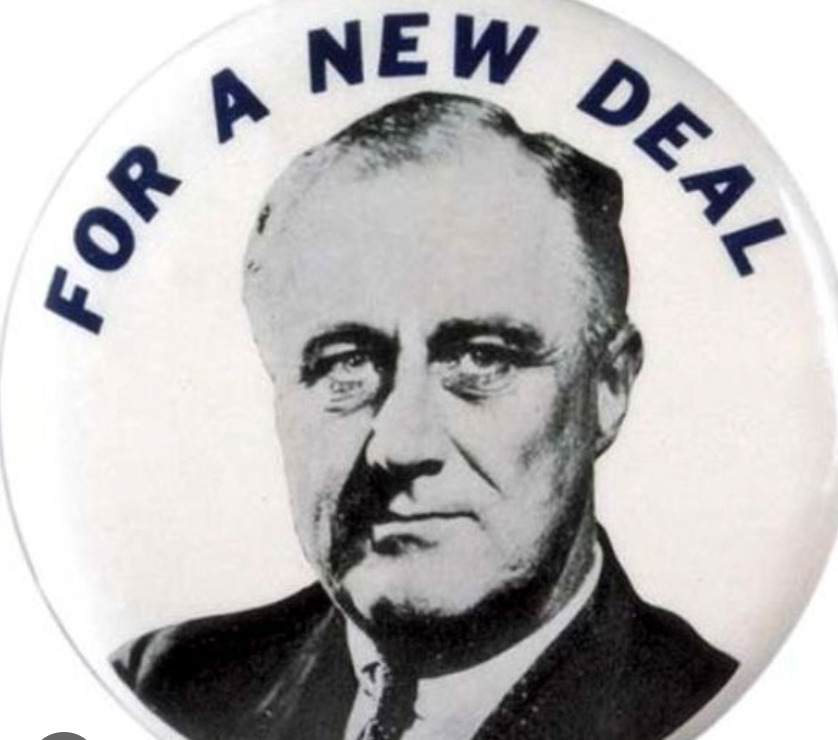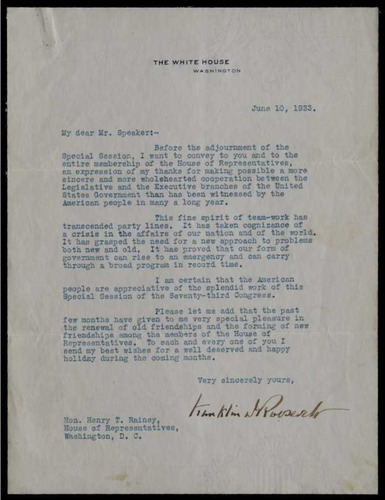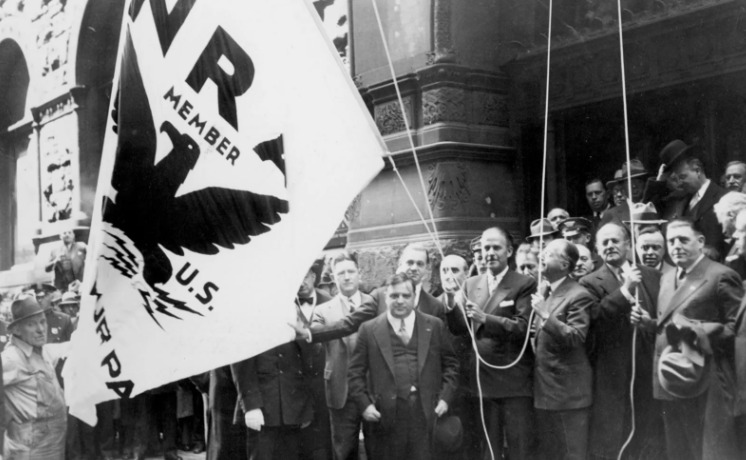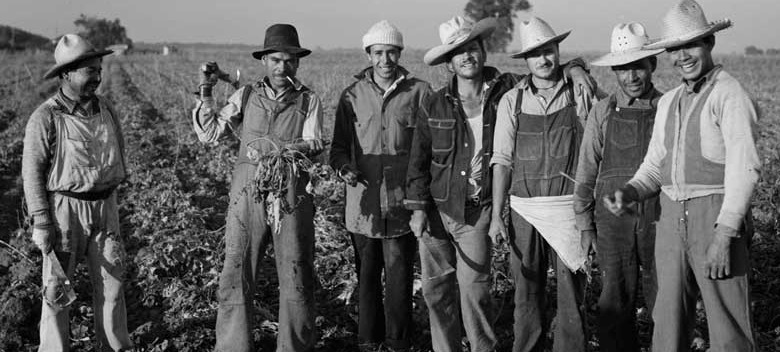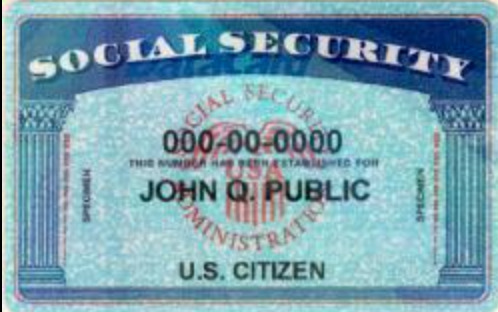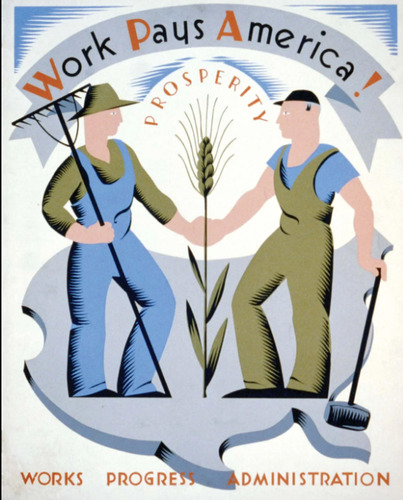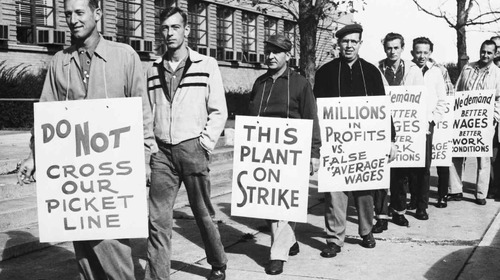The New Deal
Introduction
The New deal is a domestic program of the administration of the 32nd U.S. President Franklin D Roosevelt between 1933 and 1939, which was brought about to bring hasty economic relief while also attempting reforms in housing, agriculture, labor, finance, and waterpower.
The term began when FDR gave a speech while running for his presidential term on July 2, 1932 as the democratic canadite. He explained his reaction to the ineffectiveness of the administration of President Herbert Hoover and his ability in meeting the ravages of the Great Depression. The American voters overwhelmingly favored the democrats promise in the following November in good spirts of a “new deal” for the “forgotten man.”
Contradicting laissez-faire, a policy where there is minimal involvement from government in economic affairs both in individuals and community, the traditional American political philosophy, the New Deal generally attempted at balancing between the economic interest conflicting each other while embraceing the concept of a government-regulated economy. (Wallenfelt 1)
The Hundred Days
The first phase of the New Deal where Roosevelt and his administration presented to congress and arrangement of measures attemtpting to attain economic recovery and relief to the millions of unemployed and poverty stricken citizens
The National Industrial Recovery Act
The National Recovery Administration (NRA) was created
Made June 16, 1933 the U.S. consumer and labor law allowed the president to regulate wages and prices to provoke economic recovery lasting until May 27, 1935 when the supreme court terminated it.
Agricultural Adjustment Administration (AAA)
Designed to reduce surplus and raise the prices in agriculture. The government designed to buy live stock to slaughter to subsidies farmers to not plant on certain parts of their land. This lasted from May 12, 1933 to 1936 after the supreme court decided that it was unconstitutional with all the interference of federal government dealing with state issues
Hover over the the three characters in this political cartoon to find out what they represent
The Second New Deal
The Social Security Act
The Social Security Act, passed in 1935, was one of the most important parts of the Second New Deal. Made to help the elderly with pension in retirement while also created a system of unemployment insurance all payed for by payroll tax
Works Progress Administration
Government Agency
An agency with the goal to employ millions that suffered through the great depression made in 1935. Lasting about 8 years and over 8 million employed after the 11 million unemployed people in 1934. However it cost the government 11 billion dollars
650,000 miles of roads; 125,000 public buildings; 75,000 bridges; 8,000 parks; and 800 airports were all built due the agencys construction project
The administration was called the Works Progress Administration until 1939 when it was changed to Works Project Administration.
The WPA ended in 1943 when the wartime economy basically got rid of unemployment
The Wagner Act
Starting in May 1935, the wagner act was created to make a new agency made up of three memebers, the National Labor Relations Board, selected by the president and approved by the senate. Senator Wagnor proposed the bill as the National Labor Relations Act with the intent to enfore employee rights. It gave employees the opportunity to join and form unions causing employers to negotiate with them.
Analysis
Was the New Deal successful?
This would depend on who you ask, while it did not fix all the problems it said it would it did help the victims of the great depression to improve their quality of life. One could say that the economy would of fixed itself when the war started and while this did make a huge impact, the years leading up to it would of let the nation fall to the ground without the help of some of the acts that were passed. So while it did not live up to what it was built up to be it did help the people of the nation through one of the thoughest times the U.S. has gone through
